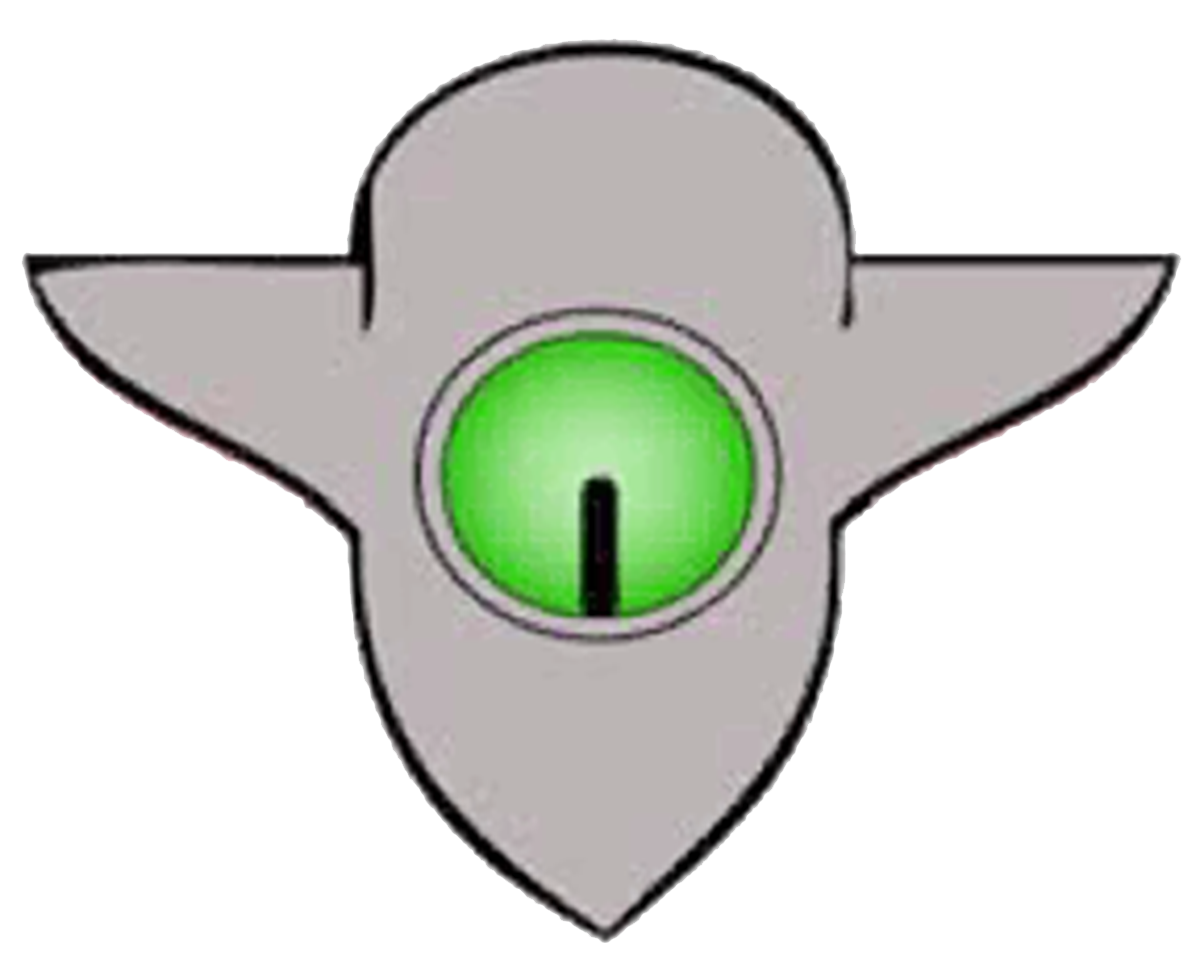Skip to content
Show submenu for Village Government
Village Government
Committees
Government News
Ordinances/Resolutions
Village Council
Show submenu for Village Departments
Show submenu for How do I ?
Show submenu for Services
Community & Links
2024 Consumer Confidence Report (CCR)
Meeting Schedule
Show submenu for
